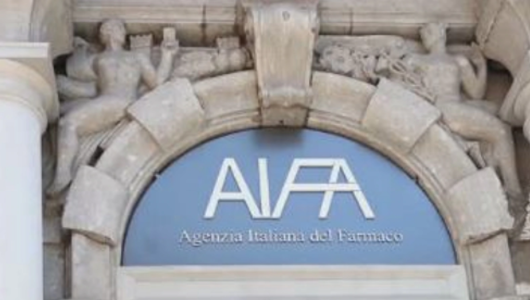The Italian Agency for Drugs admitted the refundability of the gene therapy with Zolgensma at expense of the National Healthcare System for every child who suffers from SMA, with a weight under 13,5 kilos.
The active substance of this therapy, the Onasemnogene Abeparvovec, consists of human gene material capable of treating a severe degenerative disease such as the Spinal Muscular Atrophy. The drug cost is around 2 millions Euros.
The only treatment available until a few years ago for this pathology was symptomatic and based on a multidisciplinary approach to ease the death process of the patient.
Developed by the U.S. start-up AveXis, bought in 2018 by Novartis, this drug uses an inactivated viral vector with the DNA part which is missing in the DNA of patients. SMA is a rare disease that grows up when chromosome 5 is missing the part which codes the SMN (Survival Motor Neuron) protein.
The missing of this specific protein in the body system results in the death of motor neurons, the nerves which control the muscles, causing the typical facial expression of this disease.
Once injected, the drug provides the correct gene needed to produce a sufficient amount of protein and hence the nerve function. It is an hour-long single injection, followed by a monthly therapy with corticosteroids.
Following the clinical studies, this therapy builds in children stages of motor development similar to ones healthy at the same age, such as the control of the head movement and the capacity to sit without support. Furthermore, the drug reduces the needing of artificial respiration in children.
AIFA admitted “its satisfaction for the possibility of refund at the expense of the National Healthcare System, a gene therapy which offers a radical better life experience for children”.
Furthermore, AIFA announced that, thanks to a deal with Novartis, it was agreed to offer for free the drug for children in clinical trials with a weight between 16,5 and 21 kilos, in order to collect data efficiently and safely from patients.

